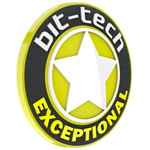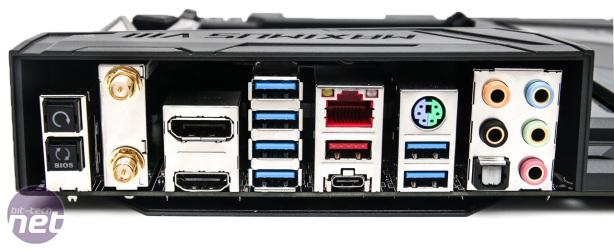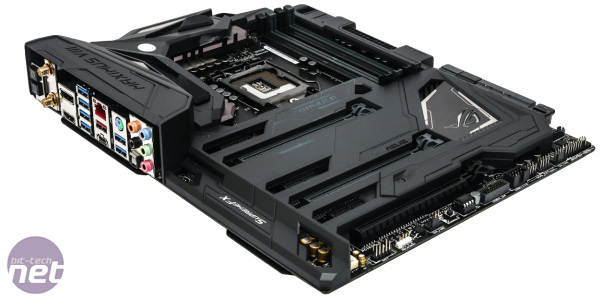
Performance Analysis
The performance numbers are fairly conclusive. The Formula is speedy at stock speed, either matching or bettering the best results we've seen so far and at the very worst, comes a close second. Storage results revealed no issues - the intel SATA 6Gbps ports were right on the money and as per usual the ASMedia controller should be avoided with SATA 6Gbps-capable SSDs. It was a couple of megabytes a second slower in the M.2 performance test, but when you're talking speeds of 1,000MB/sec or more, this is a drop in the ocean.
Click to enlarge
Once overclocked, the additional 100MHz counted in favour in most tests where it again managed the top results in the majority of benchmarks. Power consumption was understandably on the high side at stock speed, but far from the worst we've seen. To get that awesome overclock, though, it did draw the most power we've seen under load, but it was a similar story for the Impact, which managed the same overclock, but sports a much smaller and less feature-rich PCB.
Audio performance was spot on too and similar to other high-end Asus boards we've seen. The Maximus VIII Impact was marginally better, but for significantly better performance you'll likely need an expensive sound card.
Click to enlarge
Conclusion
It's difficult to pinpoint any area that the Maximus VIII Formula doesn't excel. In fact, it's fantastic in pretty much every area from performance to audio and with overclocking too. It lacks nothing in terms of features you'd likely need, except for maybe Thunderbolt - both types of USB 3.1 port are included plus you get both M.2 and U.2 ports as well, so it's remarkably future proof compared to many of its siblings.The added traditional Formula features - namely the integrated EKWB VRM waterblock, is certainly handy to have and will likely cool just as effectively as a separate third party option. However, the Formula is a little limited when it comes to using something more exotic in the water cooling department - namely one of the fantastic full-cover/monoblocks out there from the likes of Bitspower or EKWB, that are synonymous with ROG boards. Unless they can figure out some way of incorporating the RGB lighting, its unclear as to whether you'd still be able to use it - if not, you're basically throwing away a ton of features that you just paid for.
Click to enlarge
So, while the Formula includes a bunch of additional features, it is somewhat limiting if you were aiming to take advantage of extensive water-cooling. Looking at EKWB's monoblock for the Extreme, this doesn't interfere with the PCH heatsink, but the trouble with the Formula is that the entire shroud needs to be removed, which exposes all the RGB lighting circuitry. However, it wouldn't take too much effort to come up with a waterblock that can provide a new home for all the lighting gear as it can all be removed from the shroud and perhaps have it shine through some acrylic instead.
The crux of the issue is the price, though, and at nearly £300, even subtracting the cost of a VRM waterblock (typically around £40), plus an RGB lighting system (around £25), it still works out to be rather pricey. But, of course, there's no easy way of integrating both of those into the tight confines of a motherboard in quite the way the Formula does. As a result, this fantastic motherboard is undecidedly niche, but for any enthusiast that's part gamer, part overclocker and part modder, it's not just an awesome Z170 motherboard, but is unquestionably one of, if not the most desirable motherboards we've ever seen.
Asus Maximus VIII Formula


MSI MPG Velox 100R Chassis Review
October 14 2021 | 15:04











Want to comment? Please log in.